Price:₹30,000.00
The Satopanth Tal trek is a popular trekking route in the Indian state of Uttarakhand. It leads to a glacial lake called Satopanth Tal Uttarakhand Himalayas
The Satopanth Tal trek is a captivating journey through the majestic Himalayan landscapes of Uttarakhand, India. Here’s an overview of what you can expect:
- Location: Situated in the Chamoli district of Uttarakhand, the trek starts from Mana village, which is near the famous pilgrimage site of Badrinath.
- Duration: The trek typically takes around 6-8 days to complete, depending on the route and pace chosen by trekkers.
- Altitude: The trek reaches a maximum altitude of approximately 4,600 meters (15,092 feet) at Satopanth Tal, which is a glacial lake surrounded by towering peaks.
- Terrain: The trail winds through diverse terrain, including dense forests, rocky paths, alpine meadows, and glacial moraines. Trekkers encounter steep ascents and descents, as well as river crossings along the way.
- Highlights:
- Mana Village: Starting point of the trek and the last inhabited village on the India-China border.
- Vasundhara Falls: A stunning waterfall along the route, believed to be associated with Hindu mythology.
- Chakratirtha: A picturesque campsite offering panoramic views of surrounding peaks.
- Satopanth Tal: The ultimate destination, a pristine glacial lake surrounded by snow-clad peaks. It is considered sacred by Hindus and holds mythological significance.
- Challenges: The trek presents various challenges, including high altitude, unpredictable weather, and rugged terrain. Proper acclimatization, physical fitness, and adequate preparation are essential for a successful journey.
- Best Time to Visit: The trek is usually undertaken from May to October, during the summer and autumn months, when the weather is relatively stable and the trail is accessible. However, conditions can vary, so it’s essential to check weather forecasts and trail conditions before planning the trek.
Overall, the Satopanth Tal trek offers a memorable adventure amidst the pristine beauty of the Himalayas, attracting trekkers seeking both physical challenge and spiritual rejuvenation.
Wishes here never go unfulfilled in Satopanth Tal
Satopanth Tal is a High Altitude Lake at a height of 4,600 Meter. It is one of the virgin treks not known by many but the trekker and sadhu sant or local people of the area believe that this lake is sacred and possess some supernatural power of fulfilling wishes.
The Satopanth Tal is between two beguiling the trail is thrilling through dense forest, meadows with enchanted beauty and some steep ridges but the panorama views from the top cannot be described in words.
Trek to this sacred Tal is a difficult one but as the beliefs of people wishes are fulfilled here so it’s worth going there, this part of swargarohini the way to Heaven.
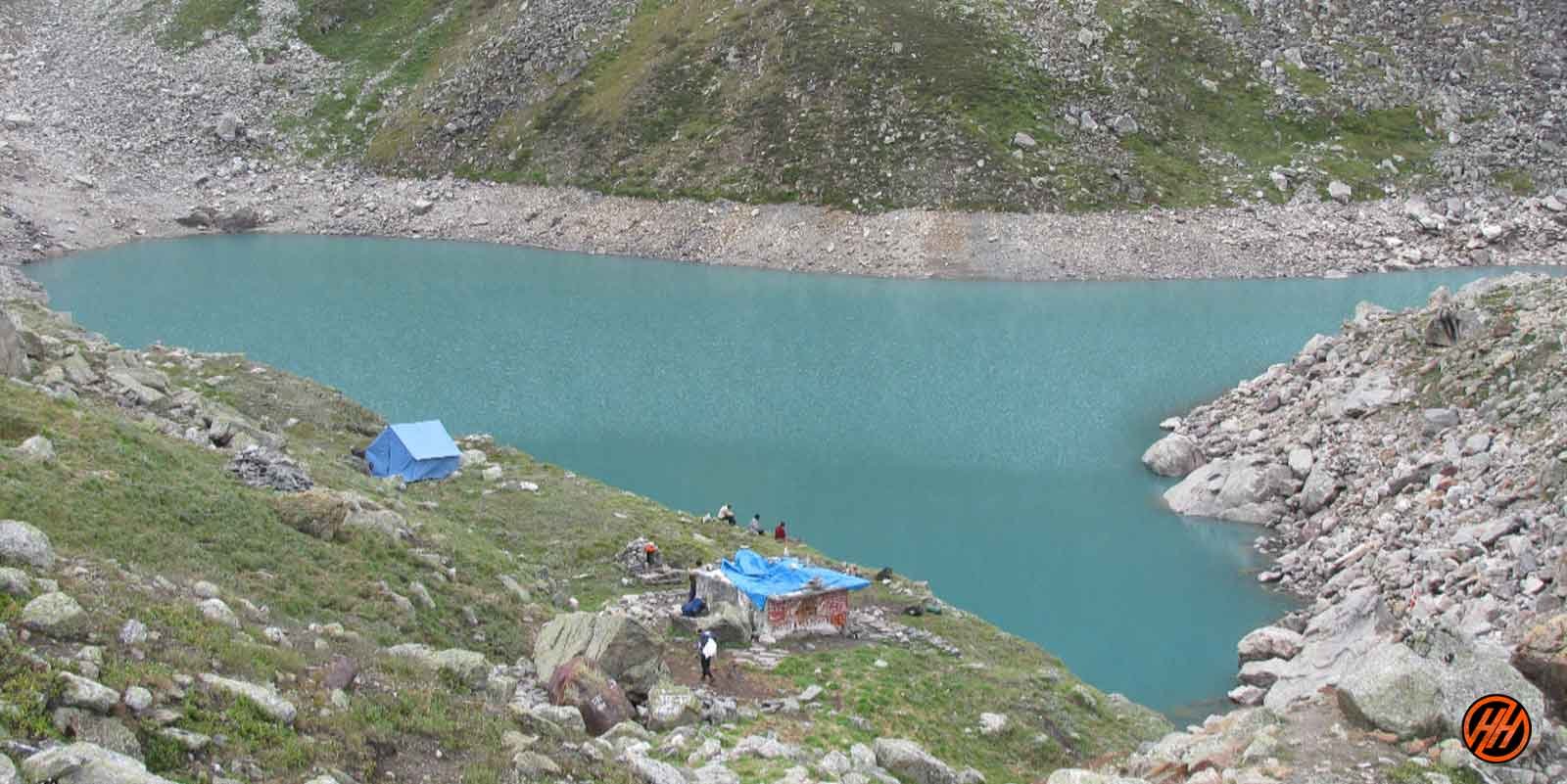
Story of Satopanth Tal Trek
It is believed that Lord Brahma, Vishnu and Mahesh often took bath in the waters of Satopanth Tal since then it is considered sacred and pure. Devotees believe that a holy dip in Satopanth Tal will wash away so every year thousands of people visit this place.
To reach this Lake, trek through some Himalayan villages, wide meadows with several streams en route and go through glaciated tracks. It is going to be an adventurous journey.
Mountain views, the great snow-capped peaks visible are Nilkanth, Swargarohini, Narayan Parbat and Balakun with some thrilling views of Chaukhamba Peaks.
Best Time to Visit Satopanth Tal Trek ?
Satopanth Tal trek is a very beautiful and an Moderate trek in the Uttarakhand Himalaya The Satopanth Tal trek is great for those people who have a great passion for mountaineering and consider it a special purpose in their life. Satopanth Tal trek is such a trek where you get to see more than one Himalayan mountain range..
You can do Satopanth Tal trek May, June, July, September, October, For those who like summer treks, they can go summer treks are a very good time for those who want to see snow Glacier Greenery .
Satopanth Tal trek is also a good trek for Monsoon trek at that time there are flowers and green greenery which makes the trek very memorable.
The Satopanth Tal trek starts from Mana Village near Badrinath in Uttarakhand, state India which comes in Gharwal Mountain Range District Chamoli
During the day the temperature of Satopanth Tal trek is around ( 08°C to 18 °C and during the night the temperature comes down to 05 °C to 08 °C which is not bad.
You will never consider yourself boring in Satopanth Tal trek , this trek can give you nothing but joy, You will get to see the Garhwali and Bhotiya, Traditional culture in mana village this trek which will always keep you connected towards the mountain. Himalayas.
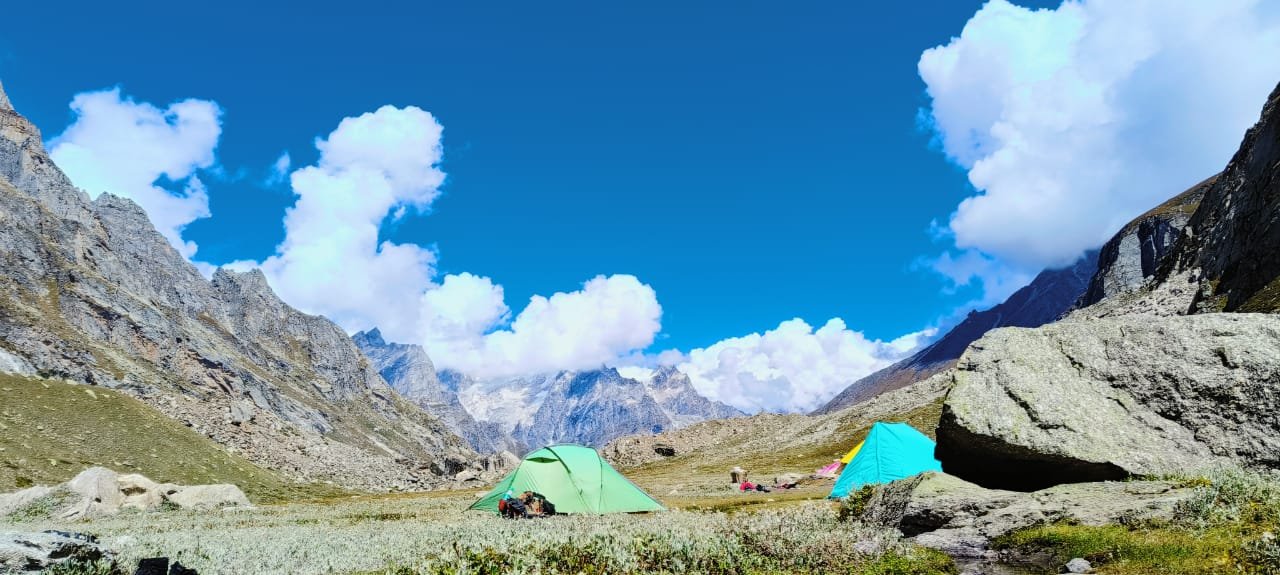
Badrinth Dham Base Camp of Satopanth Tal Swargarohini
The base camp for the Satopanth Tal trek is typically set up in or around the town of Badrinath, which serves as the starting point for the trek. Here’s an overview of Badrinath and its significance as the base camp:
- Location: Badrinath is a town located in the Chamoli district of Uttarakhand, India. Situated at an elevation of approximately 3,100 meters (10,170 feet) above sea level, it is one of the Char Dham pilgrimage sites and is revered by Hindus.
- Accessibility: Badrinath is well-connected by road to major cities like Dehradun, Rishikesh, and Haridwar. The nearest airport is the Jolly Grant Airport in Dehradun, and the nearest railway station is in Haridwar.
- Pilgrimage Site: Badrinath is famous for the Badrinath Temple, dedicated to Lord Vishnu. It is one of the holiest shrines in Hinduism and attracts thousands of devotees and tourists every year, especially during the pilgrimage season.
- Base Camp Facilities: As the base camp for the Satopanth Tal trek, Badrinath offers various facilities and amenities for trekkers, including accommodation options ranging from budget guesthouses to more comfortable hotels. Trekkers can also find restaurants, shops, and equipment rental services in the town.
- Acclimatization: Since Badrinath is situated at a relatively high altitude, it serves as an ideal location for trekkers to acclimatize before starting the trek to higher elevations. It’s essential for trekkers to spend a day or two in Badrinath to adjust to the altitude and prepare for the journey ahead.
- Starting Point: From Badrinath, trekkers begin their journey towards Satopanth Tal, following a well-defined trail that passes through scenic landscapes, including forests, meadows, and rocky terrain.
Difficulty level is Satopanth Tal trek ?
The Satopanth Tal trek is considered to be of moderate to challenging difficulty. Here’s why:
- High Altitude: The trek reaches altitudes above 4,000 meters (13,000 feet), with the highest point being around 4,600 meters (15,092 feet) at Satopanth Tal. Altitude-related challenges such as altitude sickness can affect trekkers, so proper acclimatization is crucial.
- Terrain: The trek involves a variety of terrain, including rocky paths, steep ascents and descents, glacial moraines, and possibly snow-covered sections, especially early in the trekking season. Trekking poles and sturdy footwear are recommended to navigate the terrain.
- Weather: Weather conditions in the Himalayas can be unpredictable, with the possibility of sudden changes, including rain, snow, and high winds. Trekkers should be prepared for varying weather conditions and dress accordingly with layers.
- Duration and Distance: The trek typically takes 6-8 days to complete, covering a distance of approximately 60-70 kilometers (37-43 miles) round trip. Daily hiking distances can vary, with some days involving longer stretches and more challenging terrain.
- Physical Fitness: While prior trekking experience isn’t always necessary, a good level of physical fitness is recommended to undertake the Satopanth Tal trek. Regular cardiovascular and strength training exercises can help prepare for the demands of the trek.
- Remote Location: The trek takes place in a remote and relatively isolated region of the Himalayas. Facilities such as accommodation and medical assistance may be limited along the route, so trekkers should be self-sufficient and prepared to deal with emergencie
Satopanth Tal trek trek safe for Beginner ?
Yes Satopanth Tal trek is a safe trek if you are going with a good trekking team which you must know before booking yourself, It is important for you to know that the bow trekking organization with which we are going is right or not, The minimum age required to trek Satopanth Tal trek is 12 years and maximum 60 years. The rest depends on your fitness .
- High Altitude: The trek reaches altitudes above 4,000 meters (13,000 feet), which can pose risks of altitude sickness for inexperienced trekkers. Beginners may not be accustomed to the effects of high altitude on their bodies, making them more susceptible to altitude-related illnesses.
- Physical Demands: The trek involves long hours of walking each day, covering rugged terrain with steep ascents and descents. Beginners may not have the necessary physical fitness or stamina to handle the demands of the trek, leading to exhaustion or injury.
- Limited Facilities: The trek takes place in a remote and relatively isolated region of the Himalayas, where facilities such as accommodation, medical assistance, and rescue services may be limited. Beginners may not have the experience or resources to deal with emergencies that may arise during the trek.
- Weather Conditions: Weather conditions in the Himalayas can be unpredictable, with the possibility of rain, snow, and high winds. Beginners may not have the knowledge or equipment to deal with adverse weather conditions, increasing the risks associated with the trek.
- Experience: The Satopanth Tal trek requires some level of prior trekking experience to navigate the terrain, manage altitude-related challenges, and ensure safety throughout the journey. Beginners may benefit from starting with shorter and less challenging treks to build up their skills and confidence before attempting more difficult treks like Satopanth T
What should you keep in mind for the Satopanth Tal trek?
Satopanth Tal trek trek is as good as it is said, you also need to be prepared., Satopanth Tal is a moderate trek which starts from Mana Village and ends after trek Mana Village
So what are the special things to keep in mind before coming on this trek?
Satopanth Tal trek is one such trek, which you can do this trek Summer, or Monsoon, this is very safe trek in Uttarakhand Himalayas.
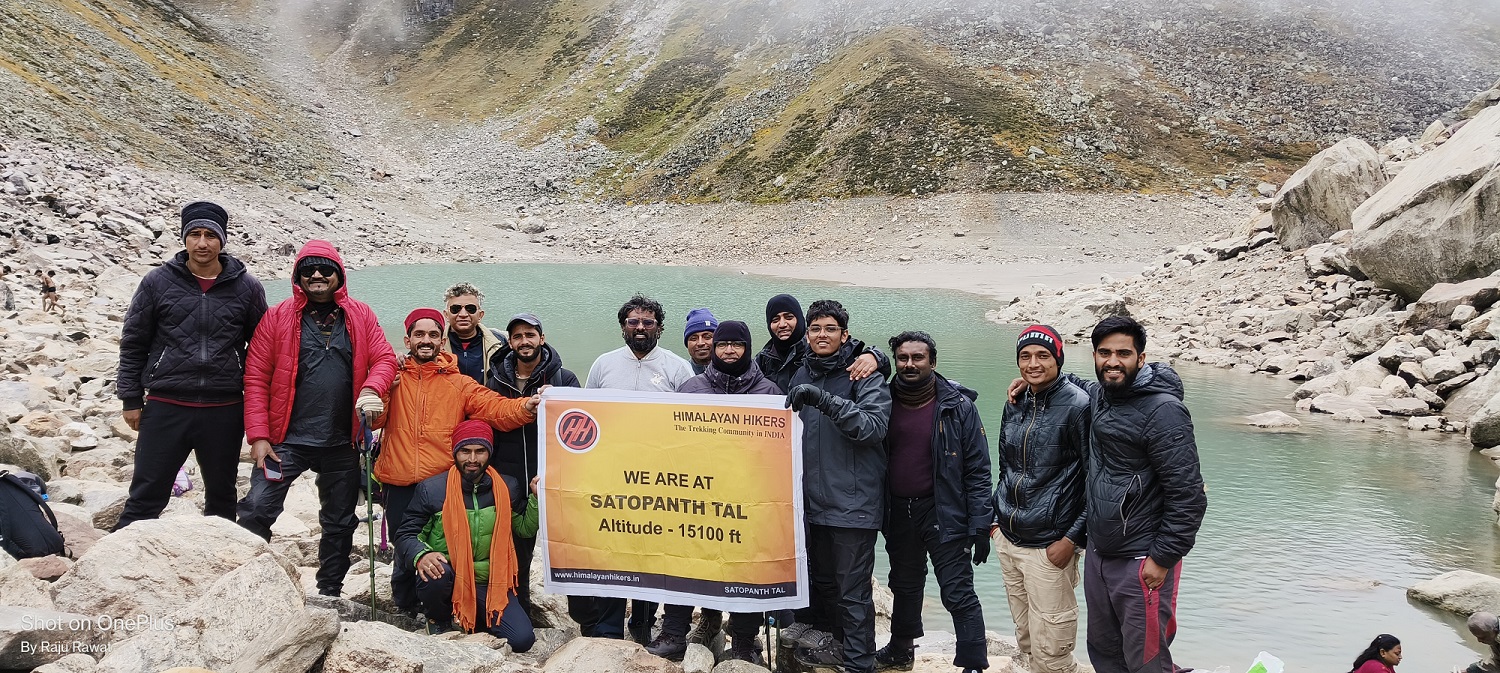
Summer Season
- Summer trek to Satopanth Tal is very special, the view and the temperature are all favorable to you
- For summer trek, you have to bring only normal clothes, so that your trek can be good, there is no need for hot clothes, but in hiking it is also necessary to bring all the equipment which is necessary for you.
- It is necessary to have 3 pairs of clothes from trekking, especially the poncho, you will have to bring every season
- In the summer season, the temperature is always normal, so there is no need for hot clothes.
Monsoon Season
- During the monsoon season, it rains occasionally during the Satopanth Tal trek especially in the Uttarakhand Himalayas , so if you have dry clothes here, it is very good, even when wet, it dries quickly.
- At this time you have to bring at least 3 pairs of clothes, for monsoon trek you do not have to bring too warm clothes, at this time you, hiking pants and t-Sart, I can trek
- It’s only a little cold in the morning and evening and the day is a good temperature for you
- Before going on any trek, it will be easy for you to take information related to each season.
- Trekkers need to know about these, you can ask us anytime like, Satopanth Tal trek route, trek map, temperature, weather condition, difficulty level, trek starting point, end point, transport, view of the trek, best time to visit, How to reach Satopanth Tal distance etc, Trek Location, keep this information before going
- 5. You also find some types of flowers in Satopanth Tal which are very beautiful, these treks are very safe trek for monsoon.
Brief Details of Satopanth Tal?
Before heading towards the itinerary, it is really essential to perceive the reason behind choosing Satopanth Tal trek.
See firstly, the trekking distance is a total of by taxi 680 Km both side and on foot 46 km which is to be covered into 07 days. Dehradun to Dehradun
Satopanth Tal is a high altitude mountain trek Altitudes is 4600 meters
The Starting trail is moderate as compare to other treks this is moderate trek. So this trek is good for beginners’ trekkers
Need proper gear & clothing for sub-zero temperature?
You got to see so many heavenly bodies at one place like the panoramic view of the Himalayan ranges, you can see pine forests, different variety of flora and fauna surpassing through bona fide Garhwali culture.
I think Do spare time in Interaction with our local’s team, and you will get to know about some of the ancient tales of Indian mythology and our local cultures, this is good ideas for trekkers
Beautiful landscapes so carry proper photo gear & Extra battery backup.
The backpack should not exceed 12 kg only
Trekker carry your Photo ID , Adhar card , Passport , Visa , for entry at forest check posts on the trek it is very important
Alcohol and non-Veg and smoking is not allowed in during the trek
Altitude we are going to cover in Satopanth Tal
Joshimath (6152 feet)
Laxmivan (08 km) (4/5 Hours) (12,510 feet)
Chakratirth (13,655 feet)
Satopanth tal (14,755 feet)
Key Points of Satopanth Tal Trek
Duration: – 07 Nights 08 Days from Dehradun to Dehradun
Base camp: – Badrinath
Summer Temperature: – Day (5°C to 15°C) Night (6° C to 12° C)
Satopanth Tal – Altitude: – (17,987 feet)
Best Time: – May, June, September, October
Trek Level: – Moderate
Trek distance: – On foot 46 Km – By taxi 680 km
Group Size: – 15 people
Short Itinerary of Satopanth Tal –
Day 1– Drive from Dehradun to Joshimath Altitude – Joshimath by taxi (256 Km) (10/11 Hours) (1,875 m/ 6152 feet) Overnight stay Hotel
Day 2- Drive from Joshimath to Badrinath by taxi (48 km) (2/3 Hours) Reach hotel need proper acclimatization Overnight stay Hotel
Day 3- Trek from Badrinath to Laxmivan (08 km) (4/5 Hours) (12,510 feet) Overnight stay Camp
Day 4- Trek from Laxmivan to Chakratirth (10 km) (5/6 Hours) (13,655 feet) Overnight stay Camp
Day 5- Trek from Chakratirth to satopanth Tal (10 km) (8/9Hours) (14,755 feet) back to Camp Overnight stay Camp
Day 6- Trek from Chakratirth to Laxmivan (10 km) (4/5 Hours) Overnight stay Camp
Day 7- Trek from Laxmivan to Badrinath via mana village (08 km) Overnight stay Hotel
Day 8- Drive from Badrinath to Dehradun by taxi (380 km) (11/12 Hours)
Things Himalayan Hikers recommend
As previously stated, a camera, as well as spare batteries and memory cards, are recommended. We can assure and guarantee that you will be stopping frequently along the trail to observe the grandeur of the trekking experience.
After the trek, we strongly encourage trekkers to tag us on social media when they post any memories from the trip; this will not only prove invaluable to us with our work, but will also serve as a motivational example for all of our experts.
Why you should choose us
We’re here to give you the greatest experience possible through the eyes of highly skilled and qualified specialists who have a passion for adventure sports. We are community members attempting to promote our favorite adventure sports while also supporting local businesses. We, at Himalayan hikers Local trekking organization in Uttarakhand , dedicate ourselves to providing you with an unforgettable experience.
Weather conditions satopanth tal
The weather conditions around Satopanth Tal can vary depending on the season and altitude. Here’s an overview of the typical weather conditions you might encounter during different times of the year:
- Spring (March to May):
- Spring marks the beginning of the trekking season in the region.
- Weather gradually warms up, but temperatures can still be chilly, especially at higher altitudes.
- Days are generally pleasant with clear skies, making it a popular time for trekking.
- However, occasional snowfall or rain showers may occur, especially in March and early April.
- Summer (June to August):
- Summer brings warmer temperatures to the region, but it’s also the monsoon season.
- Expect frequent rainfall, especially in July and August, which can make trekking trails muddy and slippery.
- Cloud cover may obscure mountain views, but the surrounding landscape is lush and green.
- Autumn (September to November):
- Autumn is another popular trekking season characterized by clear skies and stable weather conditions.
- Days are generally sunny with comfortable temperatures, making it ideal for trekking.
- The foliage begins to change colors, creating stunning views of the surrounding mountains.
- Nights can be cold, especially at higher elevations, so be prepared with warm clothing.
Things to carry
1) Because nights at higher elevations tend to be substantially colder, we suggest having well-graded, warm and comfortable clothing along with good quality shoes.
2) Despite the fact that we handle medical crises, we urge individuals to keep their emergency kits at hand in any case of personal underlying illnesses.
3) Since the journey provides you with a picturesque view, don’t forget to bring your camera along with extra batteries.
4) All the trekking gears will be provided by our teams hence a we recommend carrying only the important luggage with essentials
Your Travel Plan for the Satopanth Tal Trek
You can book trains, air flights, and bus tickets for your journey only according to the information given by us.
The Satopanth Tal trek will be of 6 days and 02 days of your journey total of 08 Days from Dehradun to Dehradun
First of all, all the trekkers will have to book their flight and train bus according to our time table as our pick up is from 6 am to 7 am, you will have to reach Dehradun in the morning.
A taxi from Himalayan Hikers will link you to the Dehradun Railway station.
Himalayan Hikers organize transport to Badrinath base camp from Dehradun Railway station. Our vehicles leave at 6:00 am to 7:00 am sharp from Dehradun
In the Dehradun Railway Station, you will get our staff that will arrange transport for you. The contacts no Transport coordinator or our office team will give you a week ago to your departure
Please you guys book your transport facility according to your own time table, after Himalayan Hikers take all the responsibility of Dehradun to Dehradun , that you will not face any problem.
How to reach Satopanth Tal Trek ?
If you are Traveling from Kolkata, Bangalore, Chennai, Pune, Mumbai, Maharashtra, or Gujarat, Delhi Hyderabad any other State , so you will have to come to Delhi, you will get a train from Delhi for Dehradun comfortably.
Option 01:- By Train
All trekkers booked yourself the,
Nanda Devi Express to Dehradun v (Train no is 12402 Departure 11:30 pm: – Reached Haridwar 3:53 am a morning
Take the overnight train Dehradun to from new Delhi- Dehradun Special A/C train from Hazrat Nizamuddin railway station the best option for you. The train reached at Haridwar railway station morning 3:53 am to 4:30 am if you Meet to Our office Member – joining to our upcoming batches and Group.
Option 02:- By Air –
Jolly Grant airport is the nearest airport in Dehradun , Rishikesh or Haridwar, Located about 27 km for the Dehradun main city. There are flights available from all states to Dehradun Airport, you can go online and book your tickets. These are easy and easy ways for you and you also save your time, Taxis are available from the airport to Dehradun, Rishikesh or Haridwar at all time costs Rs. 1000/* one-way pay to directly
Option 03:- By Bus
You can reach Dehradun Bus Stand ISBT from Delhi by a bus, board it from (Delhi) Kashmiri Gate ISBT; it is good if you are booked the seats.


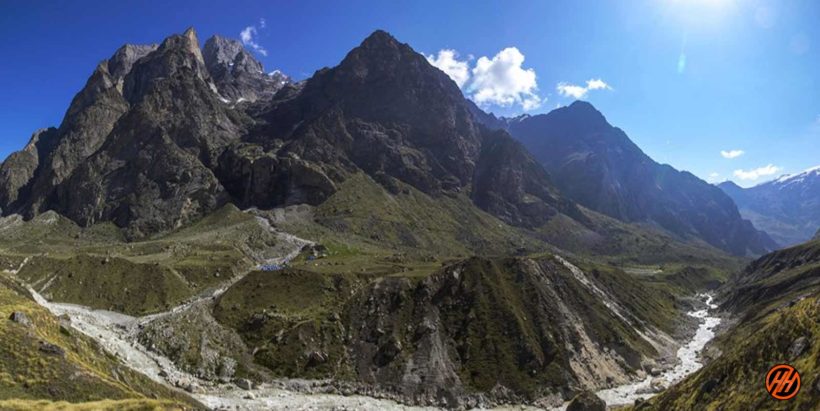
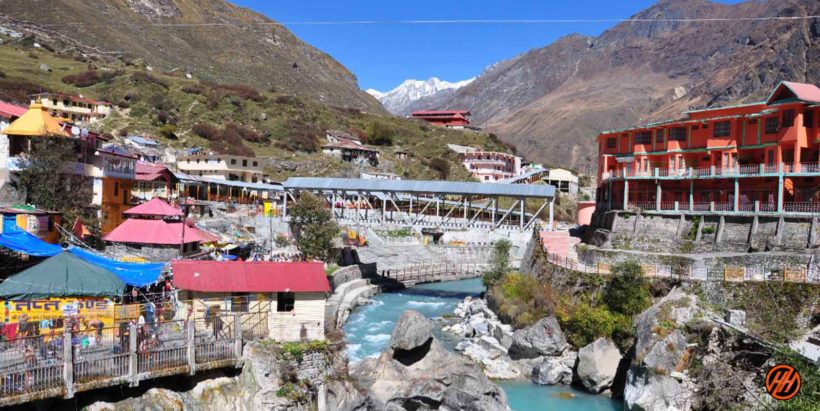
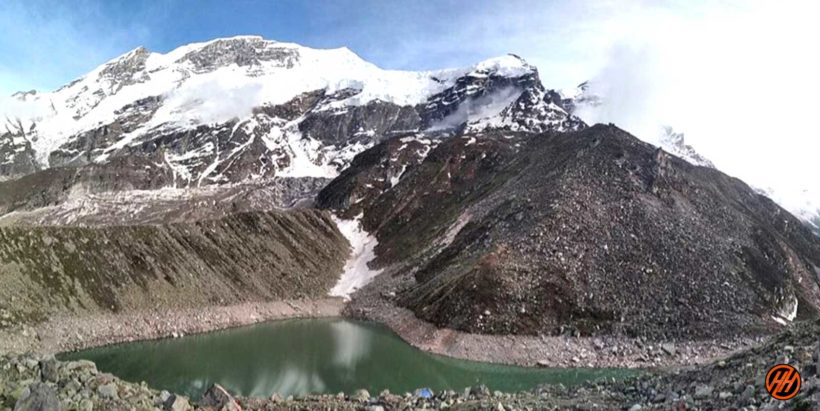
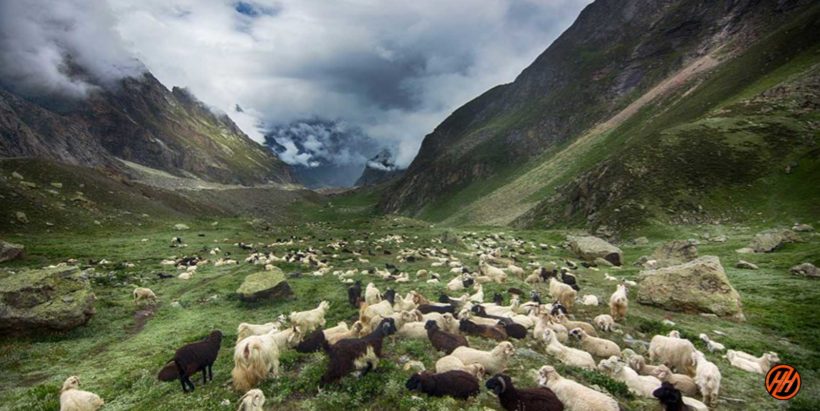
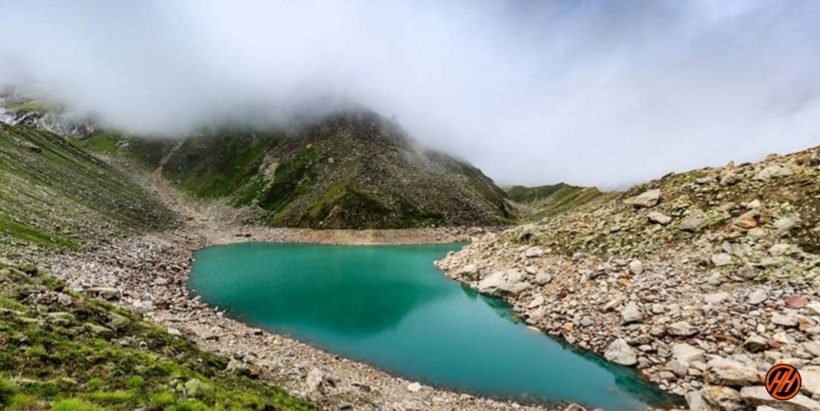
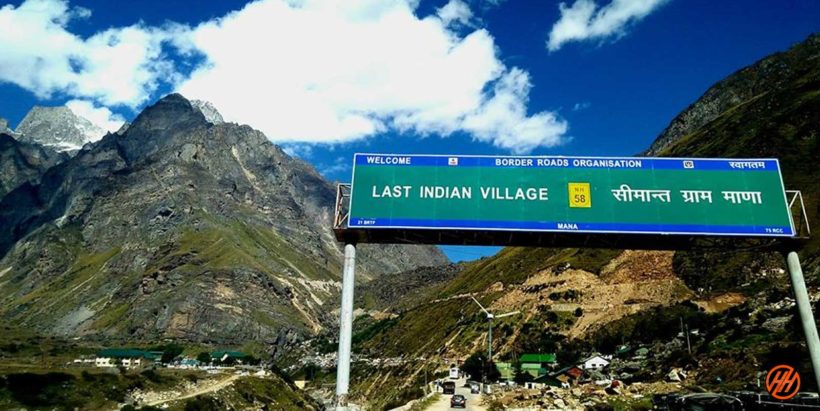
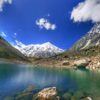
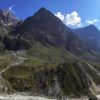
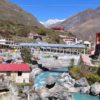
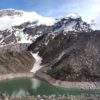

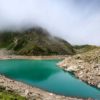
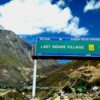
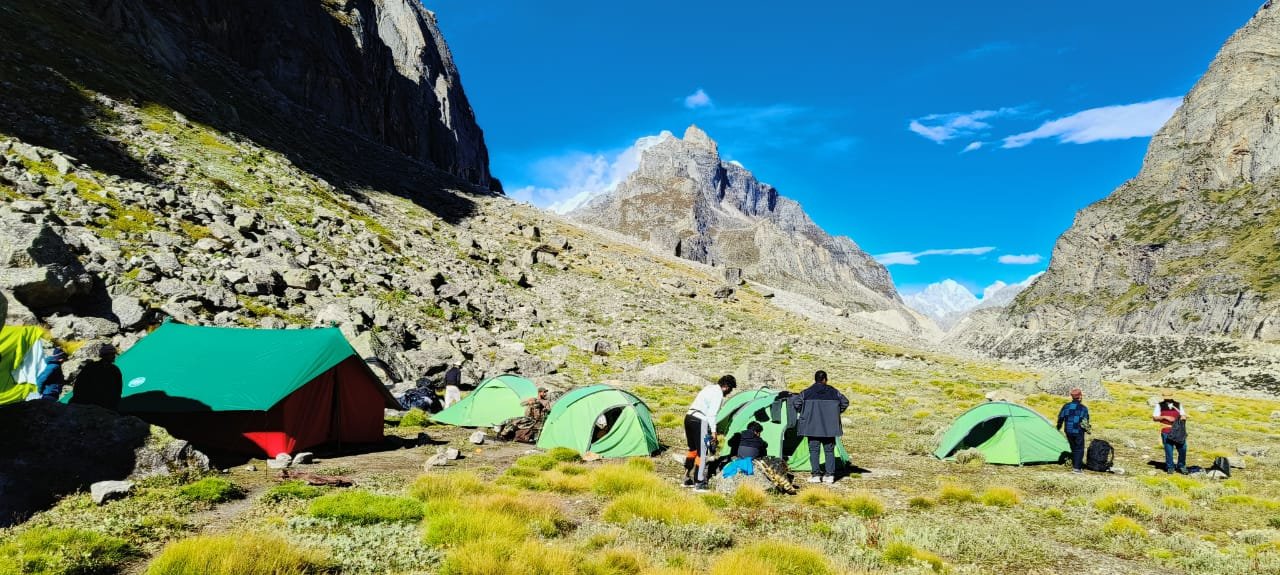
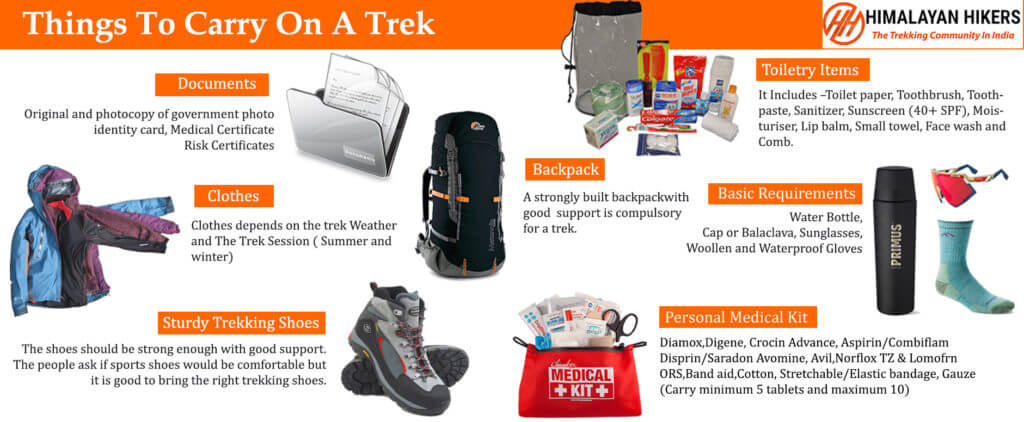


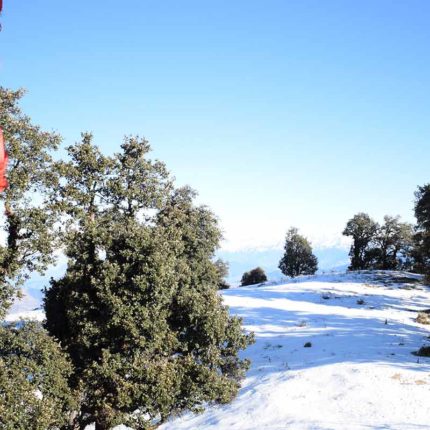
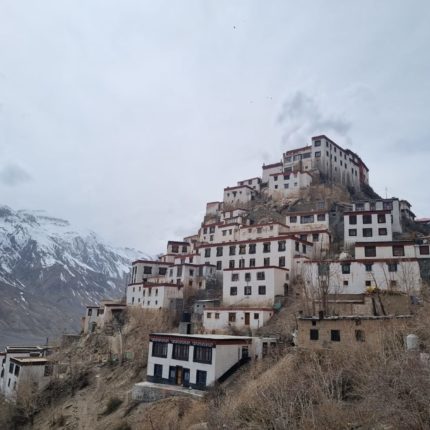
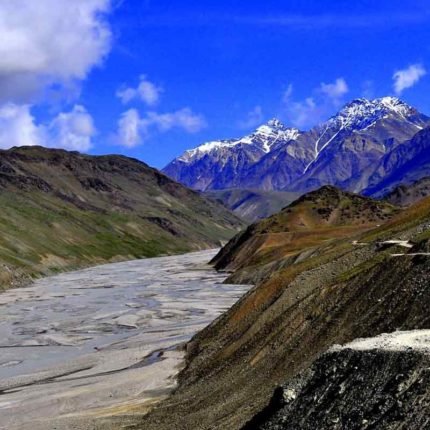
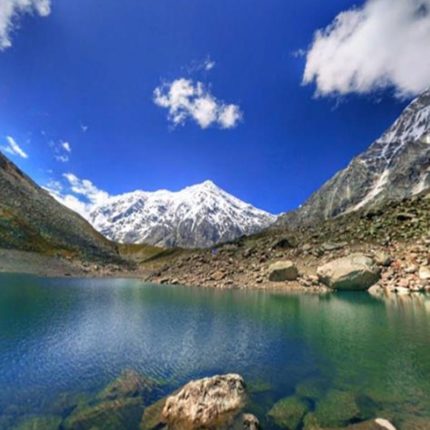
Palash –
Well organised
santanu das –
Satopanth our first trek with Himalayan hikers, this is good company in Uttarakhand,, service and food very good, thanks to Himalayan hikers all team